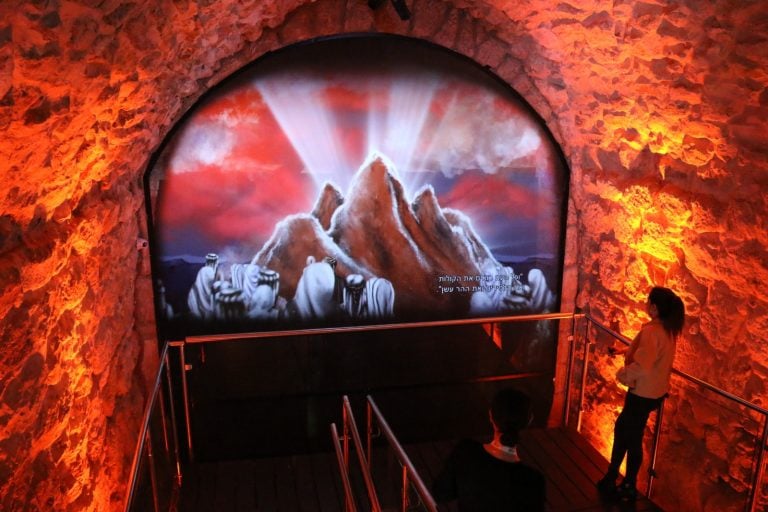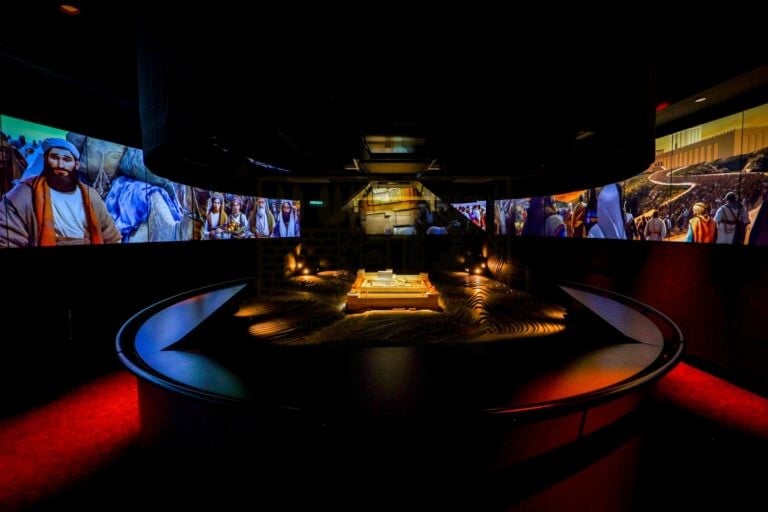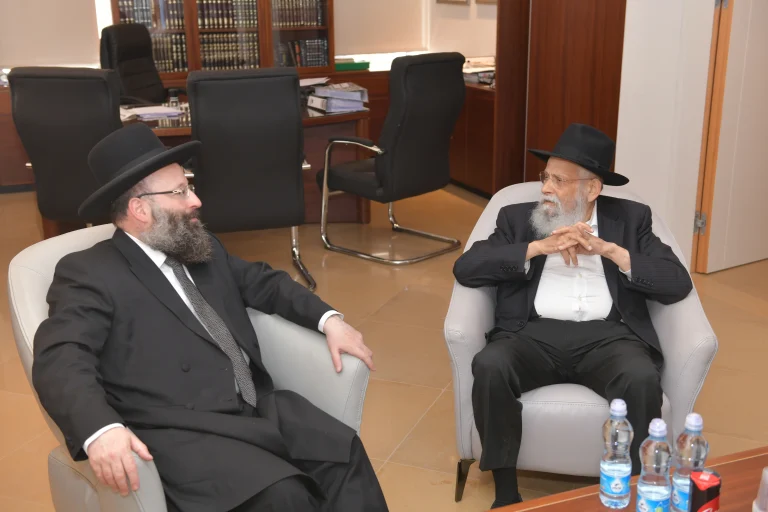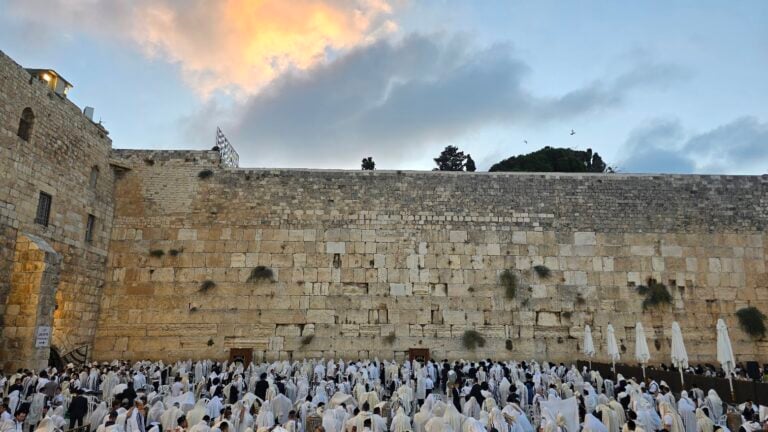The value which the Torah attaches to fruit trees is learned from the laws of war detailed in Shoftim in the book of Deuteronomy. There it says that when the nation of Israel goes out to war against its enemies and sets up a siege on a city to lead it to surrender, it is forbidden to cut down fruit trees that grow around the city, because:
Is the tree of the field a man, to go into the siege before you?
(Deuteronomy 20, 19)
Meaning, the tree is not the enemy, and it should not ?suffer? in war. We discern the ?personification? of the tree – we have moral obligations toward it ? and will not harm it as it stands there innocently.
The sages of the midrash provided us with a radical statement about the value of fruit trees, expressed in their typical figurative fashion:
?When a tree that produces fruit is cut down, its cry is sounded from one end of the world to the other but the sound is not heard?And when the soul leaves the body, its voice is sounded from one end of the world to the other, but the sound is not heard.?
(Pirkei D?Rabbi Eliezer, Ch. 34)
According to this midrash, the cry of the tree when its being cut is a cry that encompasses all of reality and ?goes from one end of the earth to the other?, like the moment a person dies. The use of this term reminds us of Job?s lamentation, said in despair and great suffering after all his property is lost, his sons died suddenly, and he himself was afflicted by boils on his entire body. He then cried out: ?let there be no place for my cry.? (Job 16, 18). We are used to arranging our experiences into different categories: those that make us sad, those that make us happy, etc. Job said: My cry has no place, no category. It is an experience one cannot even deal with.
Surprisingly, the midrash takes this expression and says that the cry of the fruit tree when being cut down is a cry that has no place. It is a cry that reverberates in space and there is no way to make peace with it. It is a cry that goes from one end of the earth to the other, but cannot be heard, because hearing the cry would be a form of categorizing it, and this is a cry at a much higher decibel.
The tree symbolizes the power of growth. This is a wonder we have become accustomed to, but if we stop and examine it, we can sense its essential power, the growth and life that the tree conveys. The peak of this power of growth is when the tree bears fruit. It is an amazing thing: a seed planted in the ground grows and thickens into a tree, and from its branch we get an edible fruit!
The power of growth is something that we, as people, must believe in. The tree reminds us of the potential to grow, to renew, to bear fruit, to flourish into something positive. If there is something in the world that stands as evidence of progress and the ability of reality to improve ? it is the fruit tree. This is why cutting one down creates a cry. Stopping growth cries out. Turning the animate into the inanimate is taking away the amazing vitality conveyed by the tree by virtue of its existence.
We must open our eyes, sharpen our senses, and be grateful for this wonderful, blossoming, and flourishing world we live in.
Happy Tu Bishvat!









